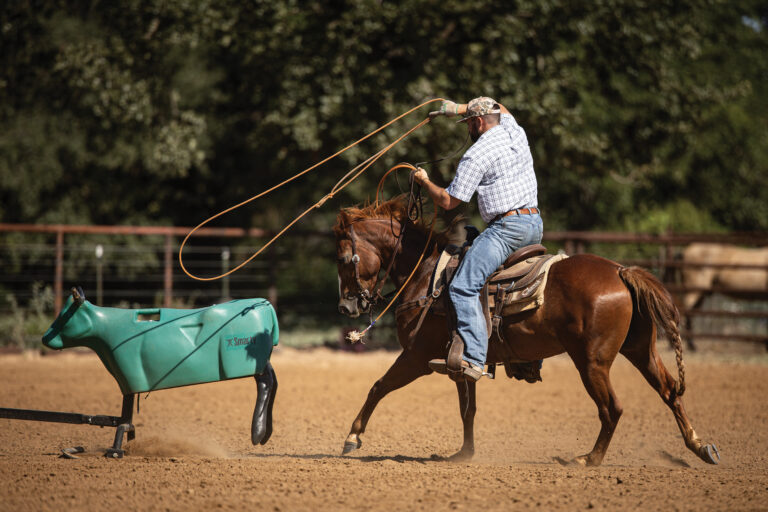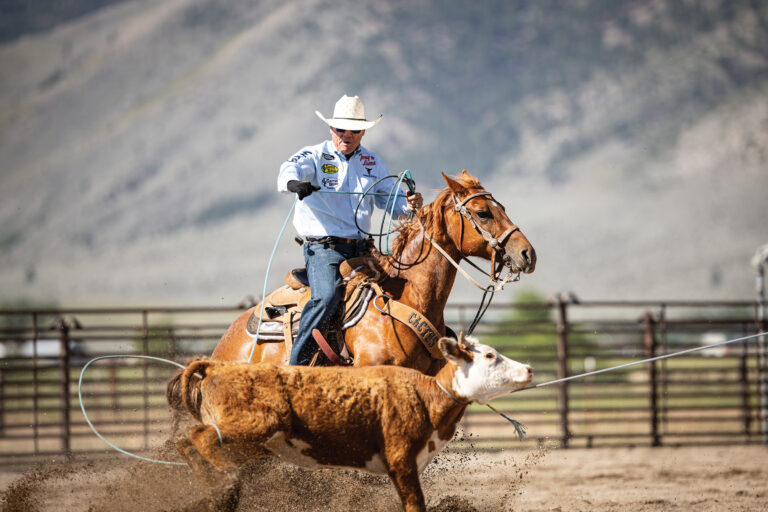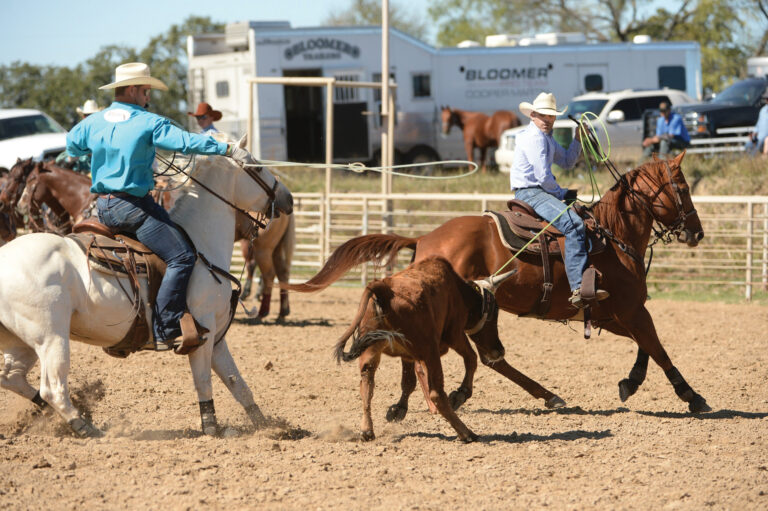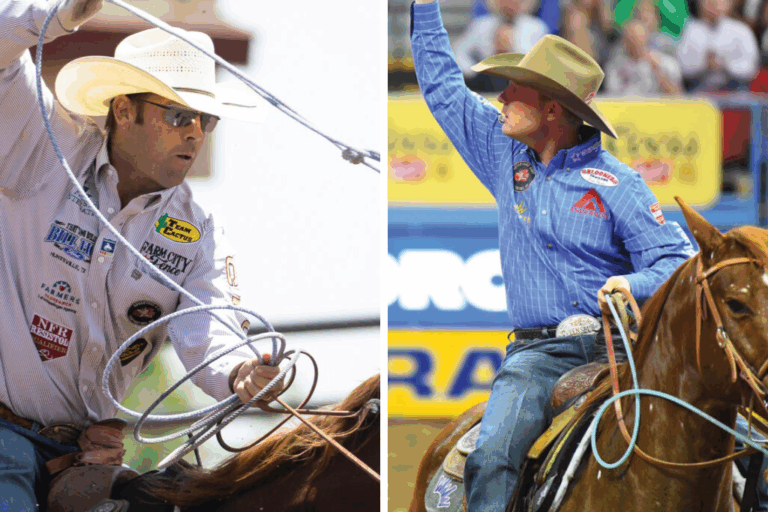Sergio Luis Fornazin Jr., who’s gone by “Junior” all his life, grew up in Santa Bárbara d’Oeste, São Paulo, Brazil. He started roping at 7, won his first motorcycle at 11 and turned pro at 15. At 31, he now lives in New Haven, Indiana, with his wife, Julia. Despite battling some roping-hand injuries in recent times, Fornazin is as determined as ever to reach his roping dreams and make his permanent home in the United States.
Q: What’s life like in Santa Barbara do Oeste?
A: I was born in a big city, and lived on a sugar cane farm in the country about 15 miles away until I was 15. My dad managed the sugar cane farm where we lived on a dirt road, and I taught all the kids in our area to rope on foot—dummies and each other—so they would play with me every single day after school.
Q: Who taught you to rope?
A: My dad (Sergio Sr.) introduced me to team roping, and a close family friend, Devanildo Santos, started really teaching me fundamentals when I was 9. When I was little, missing was the end of the world for me, so I would throw my rope on the ground and stay mad for a month. Devanildo taught me to be professional in the arena.
Q: Talk about your early roping days with your heeler dad.
A: We didn’t have an arena or a horse trailer. My dad and one of his friends got permission from the owner of the sugar cane farm to build an arena on a piece of his land that was about a 30-minute ride from our house. They built the arena out of eucalyptus wood and moose wire. We rode 30 minutes each way through rows of sugar cane for years to go rope.
Q: How early did you get serious about your roping?
A: By the age of 9, I was already pretty serious about my roping. And when I was 10 or 11, I started having some success. I didn’t know it at the time, but at ropings where you could enter five times, I only entered two or three times, because my dad spent the difference paying the entry fees of the better guys to rope with me. I won 44 motorcycles, two cars and a truck roping in Brazil. Some of the rodeos paid big money, too.
Q: When did you first come to America, and why?
A: I had a dream to come to America since I was 14, because the best ropers in the world are here. When I was 12, my dad bought me the DVD of the 2005 NFR, so I could watch the good guys rope. Watching the best ropers in the world make the best runs gave me the dream to come here. My parents didn’t have the money to send me, but in 2016 I started to teach some roping clinics in Brazil and saved up. I first landed in the United States on March 20, 2017, when I was 23.
Q: What about school?
A: I studied five years at UniPinhal University in Espirito Santo do Pinhal, São Paulo, and graduated as an agronomy engineer. My education was my first ticket to America. After I graduated, I was offered an internship at a farm in Ohio that raised hogs, veal, alfalfa hay, corn and soybeans. It was my chance to come see the United States.
Q: How was your English?
A: I didn’t know anyone or any English when I got here. I found a Catholic church, and on the first day I was the last person the priest greeted on our way out. That priest knew a little bit of Portuguese and a little bit of Spanish, so I asked him to help me learn to speak English. He invited me to come to the church twice a week. He said, “I’m going to teach you two hours of English, and you’re going to teach me two hours of Portuguese.” We did that every Tuesday and Thursday for a whole year.
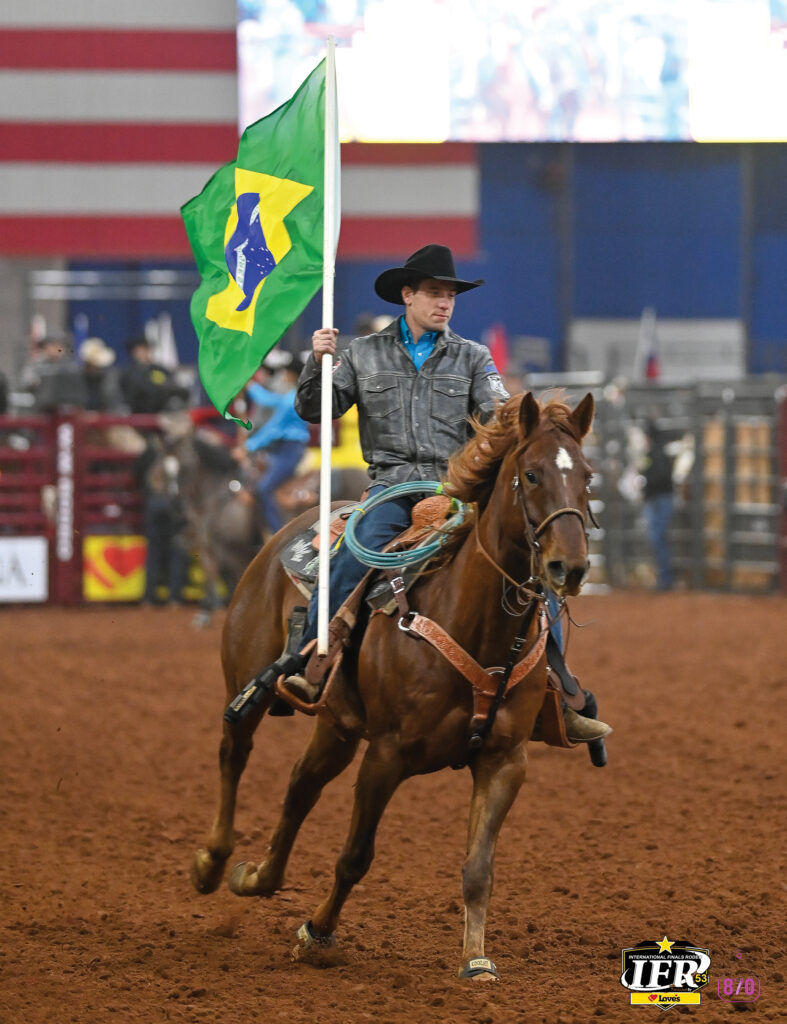
Q: What were your early American rodeo days like?
A: I didn’t know how rodeo works here at first. I met some guys who were going to IPRA (International Professional Rodeo Association) rodeos, and they told me to go to those and other local rodeos first to learn what it’s like. My first rodeo in America was the IPRA rodeo in Indianapolis, Indiana, and the first guy I roped with here was Nick Deleon, who lives in Ohio. I also joined the USTRC and World Series, and got my PRCA (permit). I made the IFR in 2022 and 2023.
Q: Tell us about the injury that sidelined you in 2024.
A: I broke my pinky finger on my roping hand in February 2024, when I was helping a kid get ready for the Junior Ironman (the plan was for Junior to help him in the heading and heeling at the Lazy E). I was heeling a steer, and dallied on top of the horn. The rope popped, hit my finger and broke it. I broke that same pinky this summer running a strong steer at a rodeo. When I went to the horn, the steer pulled the rope out of my hand, and broke it again.
Q: But you kept going, didn’t you?
A: Yes, I love it too much to stop, and I also haze for guys in the bulldogging at the rodeos to help them out, including 2024 when I couldn’t rope. I’ve been heading for Jimmy Kelly Jr. at the First Frontier Circuit PRCA rodeos this year, and we’re trying to make the circuit finals. I’ve basically been roping with two fingers and my thumb, because my ring finger is taped to my pinky. I’m also having to either dally backwards or with my thumb down to get by, because I have no grip with my pinky and it’s all that works. Under the circumstances, it was a pretty big deal when we won the 80th annual rodeo in Gerry, New York, in August.
Q: Which professional ropers do you look up to most, and why?
A: I’ve always looked up to Speedy (Williams). He was so fast, and he told me one thing in 2018 that changed my roping. I was warming up my horse at the USTRC Finals, and didn’t know much yet about how roping works here, much less English. I was too shy to talk to him, but he saw me and asked how I was doing. I explained to him that I was from Brazil, and struggling to rope horns here, because we only rope muleys in Brazil. He said, “Your problem is the angle of your loop.” I had to swing and deliver differently to rope horns here. I started changing everything because of Speedy, and am so thankful to him for helping me.
Q: Did you switch ropes, too?
A: Yes, I went from using a medium hard heel rope to head the muleys in Brazil to using an extra soft head rope to head horns here in America. I had to learn everything again to rope the horns here.
Q: Are all your professional goals in America?
A: Yes. I love this country and the culture here. People in America are tough, and they work hard to make things happen. That’s how I want to live my life, too. For a kid who grew up on a sugar cane farm to work his way up the roping ladder is my way of living the American dream. My dream is to live permanently in the USA. My current career goal is to win the year-end or average at the circuit finals to qualify for the NFR Open, so I can taste one of the biggest rodeos. That would be an amazing step for me as I keep working my way toward the top.
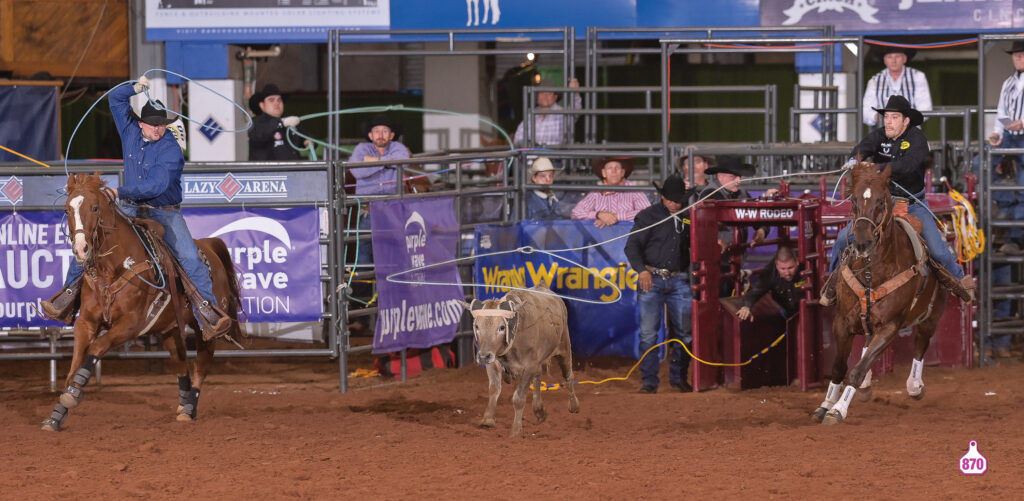
—TRJ—






